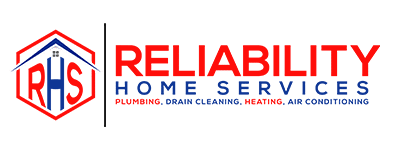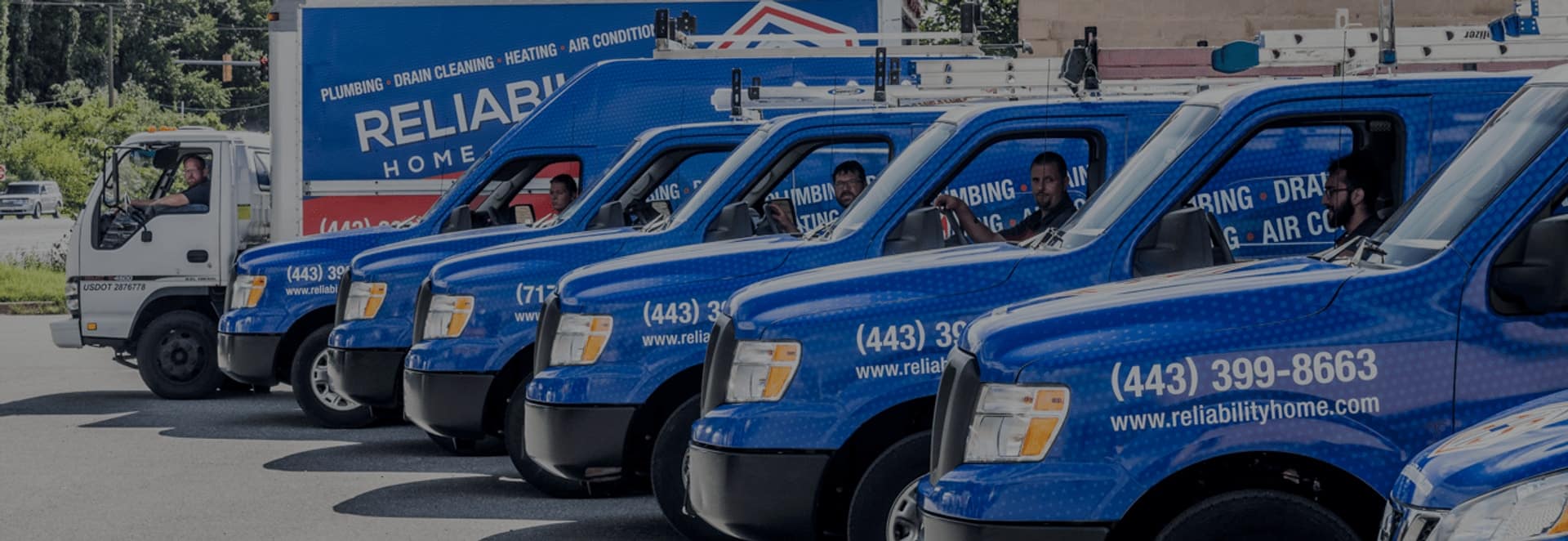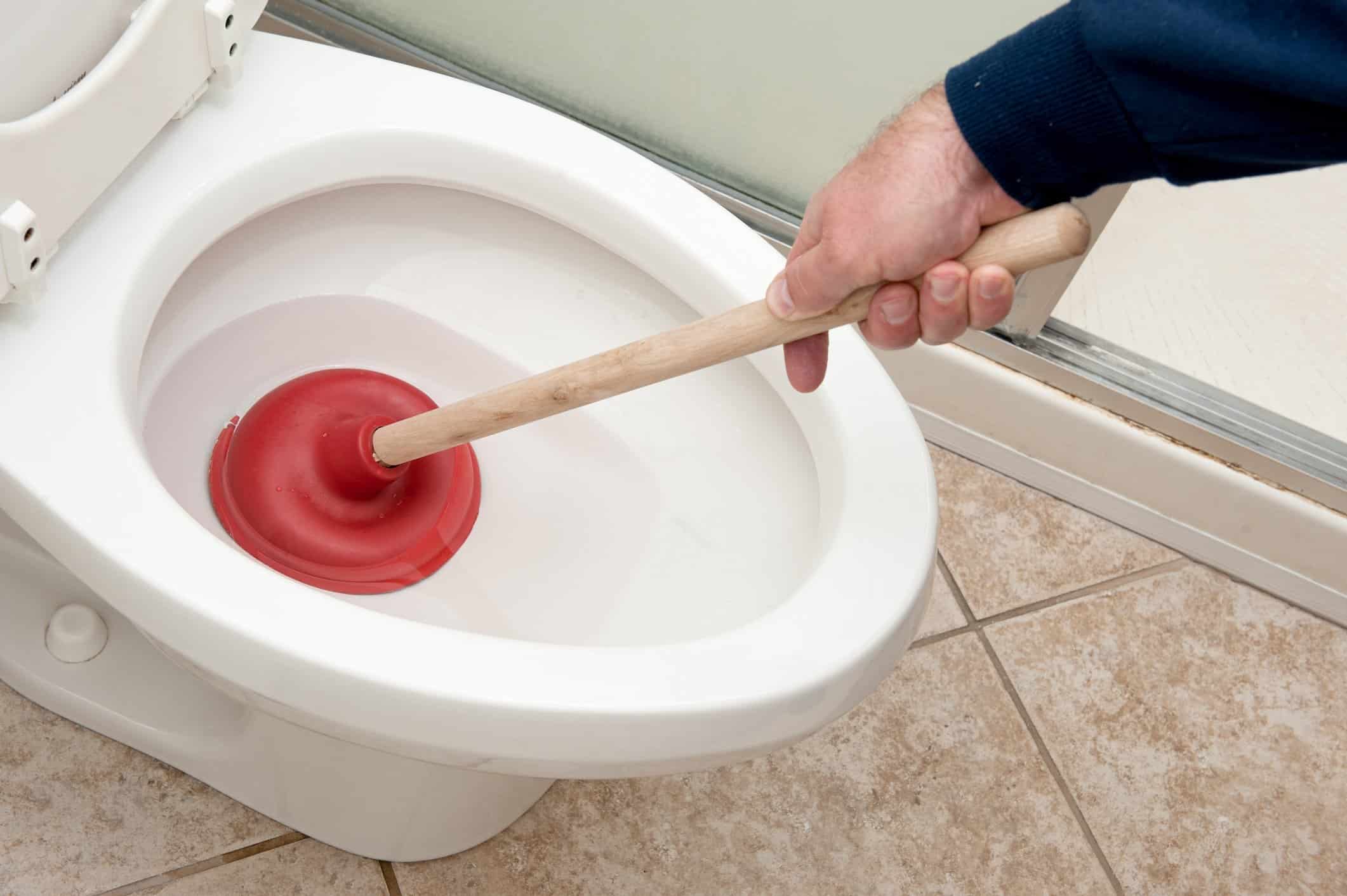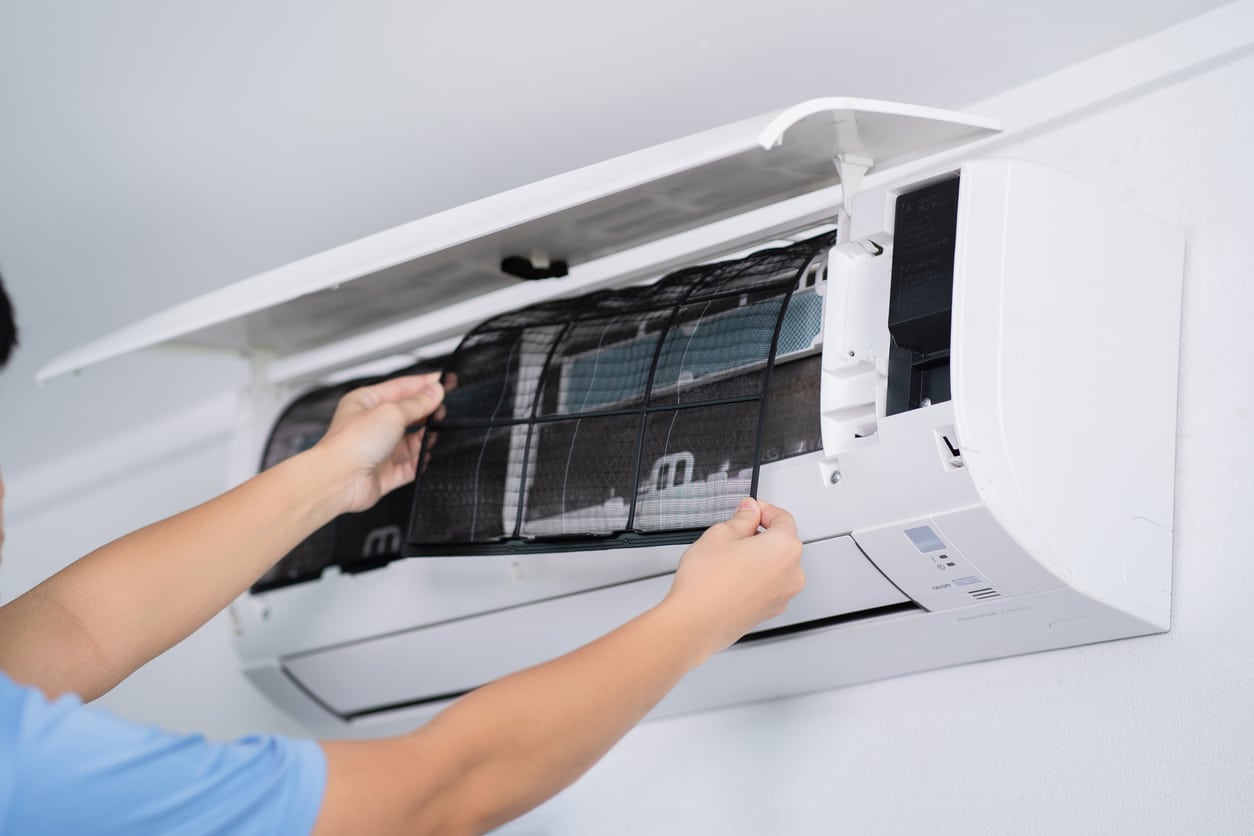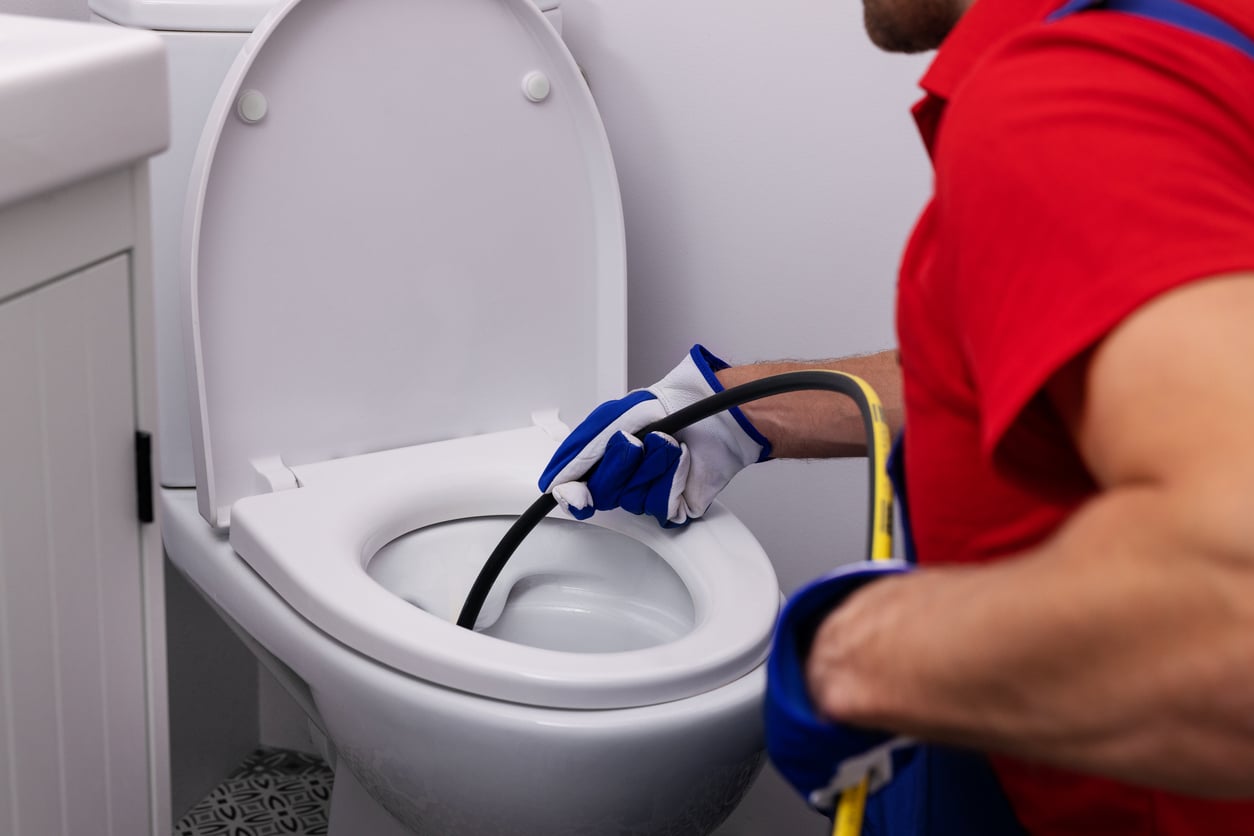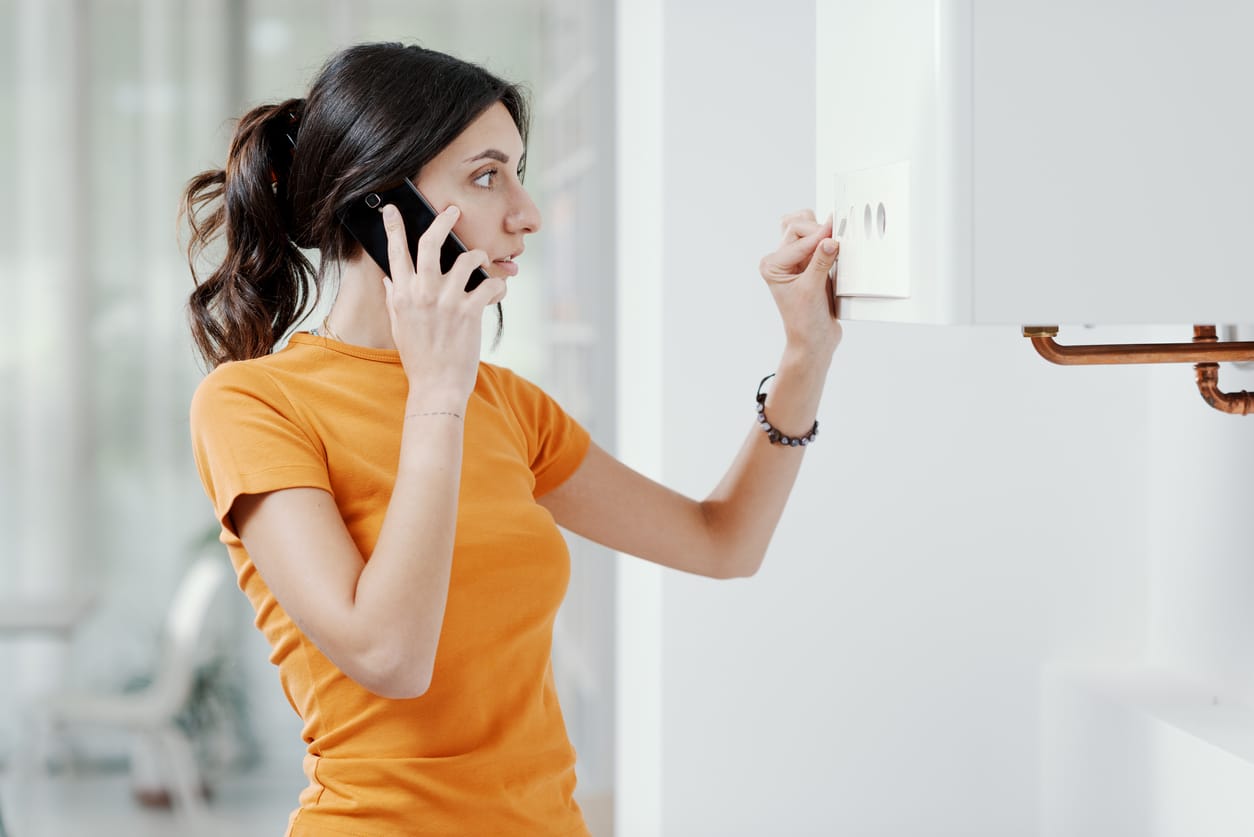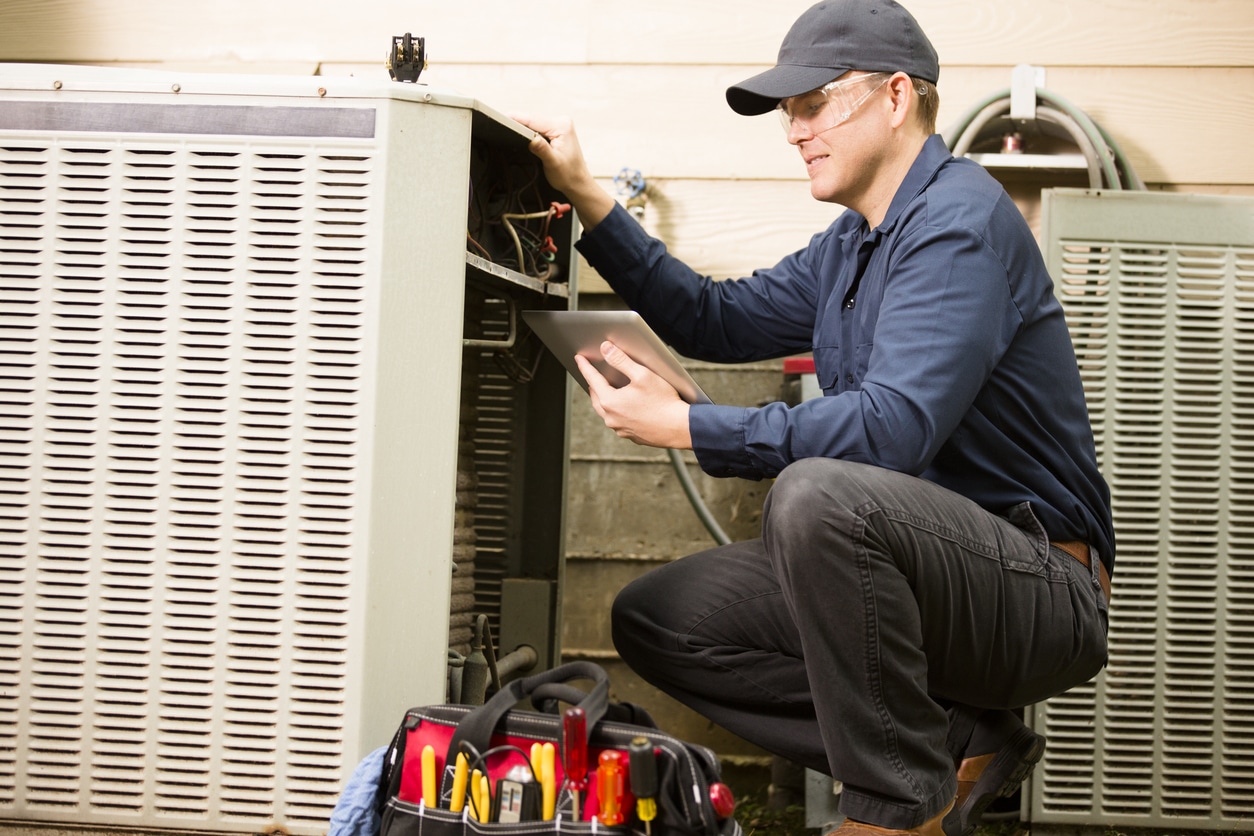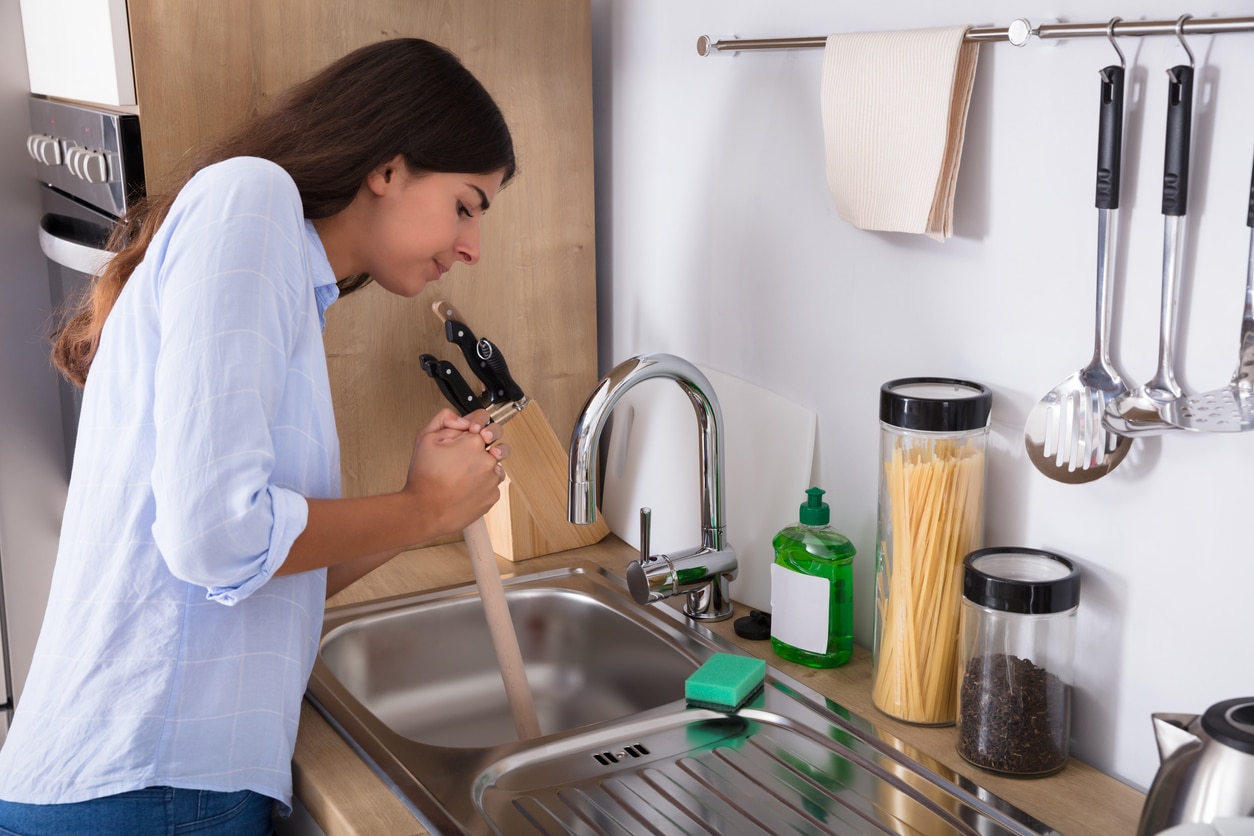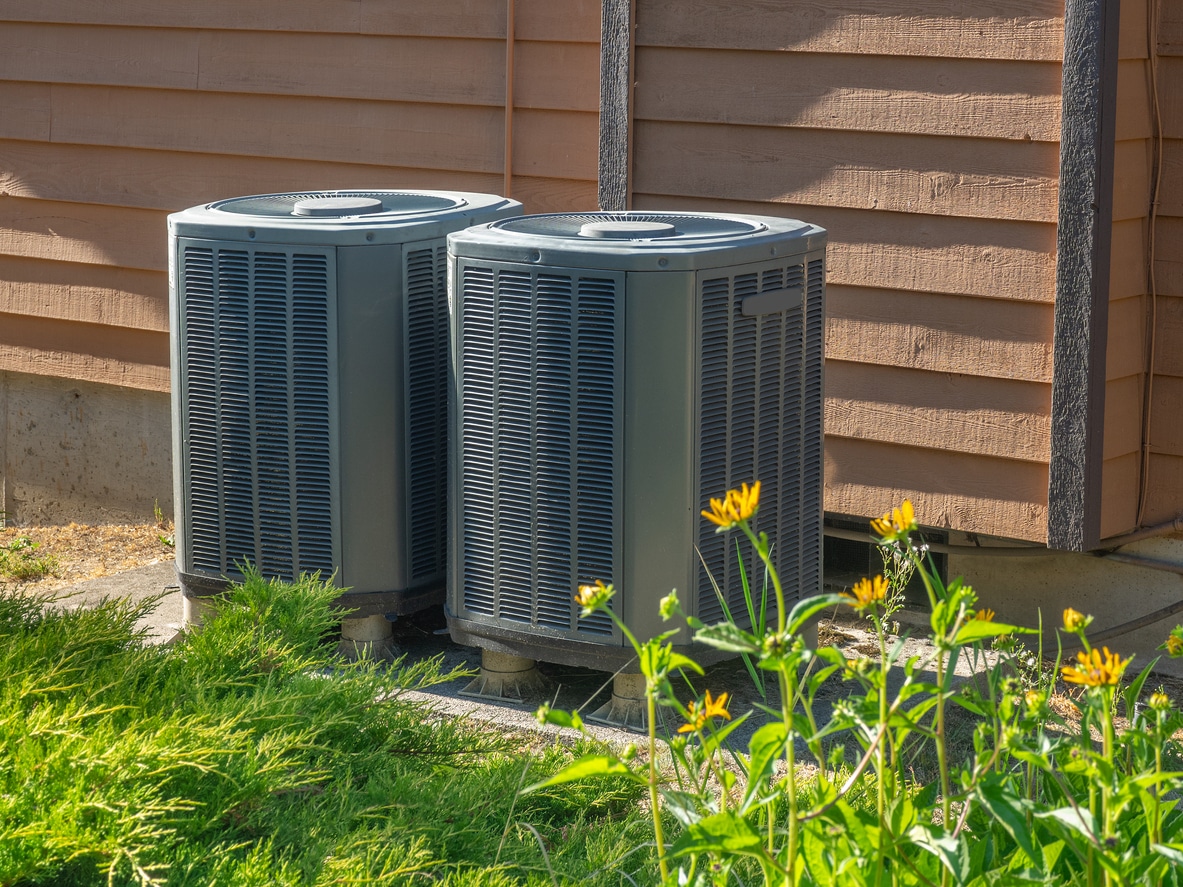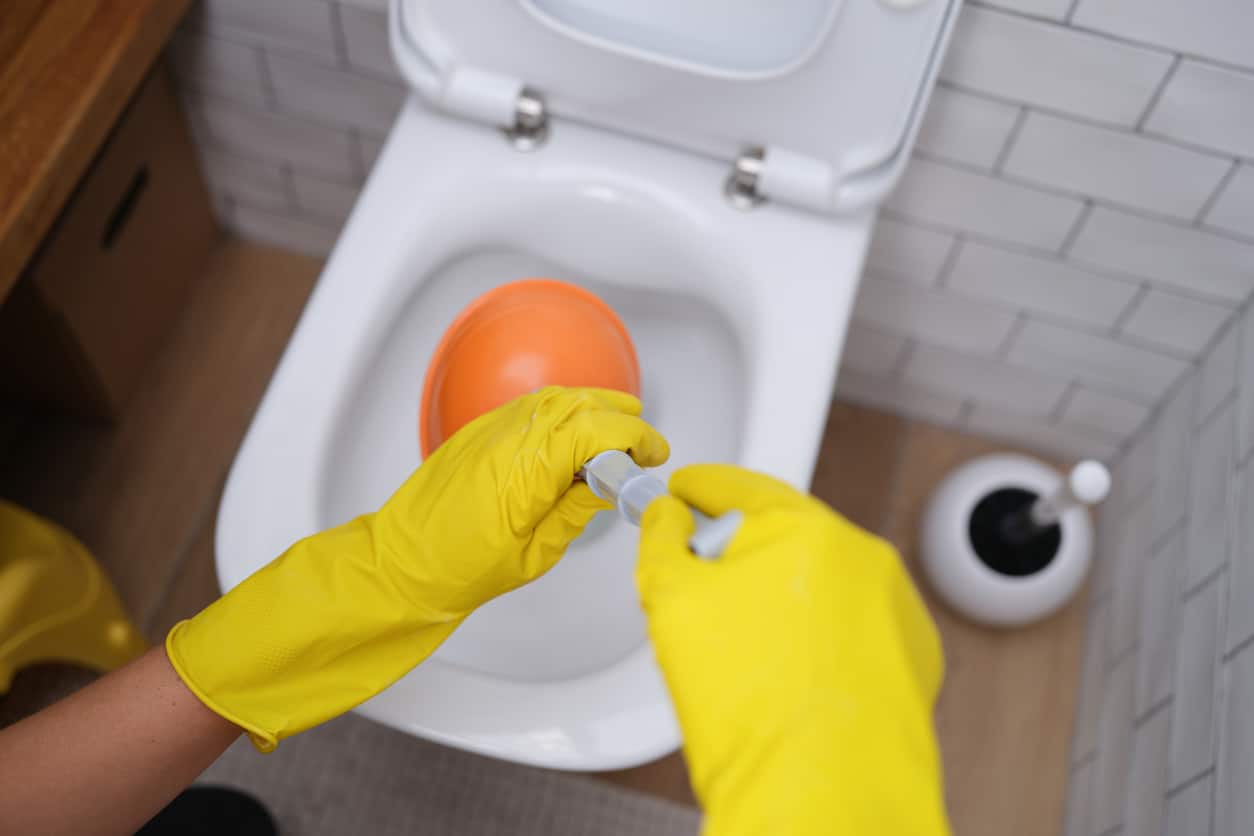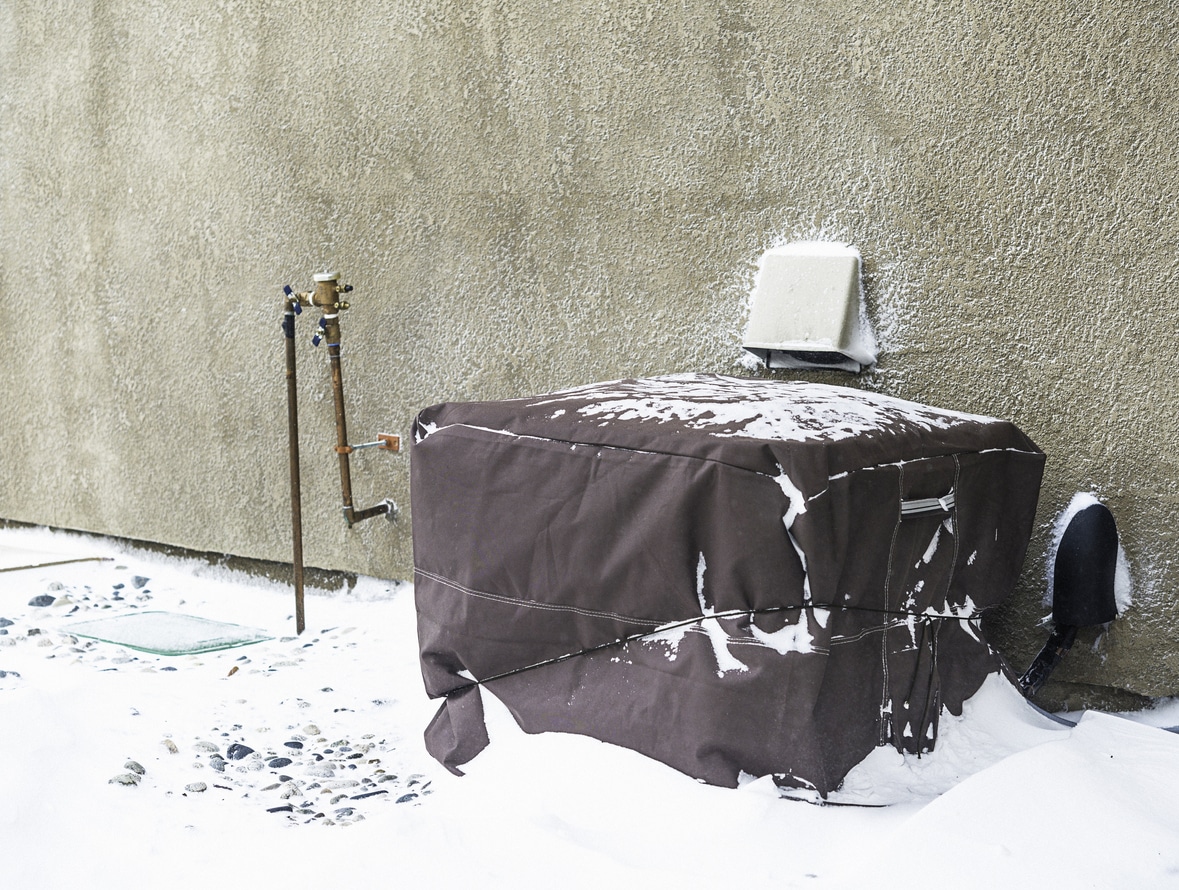Are you an avid DIYer or someone with a curious mind in Dundalk? If so, you may be wondering how to plumb a bathroom. Although bathroom plumbing is somewhat complex, you can break down the process into eight easy steps. Learn the process, and then you can decide if you want to plumb it yourself or if you’d rather hire a plumber.
1. Figure Out Where to Put the Fixtures
First, take the time to plan out your layout. Think about where you want the shower, sink, toilet, and tub to go. Then, consider where the plumbing lines need to be to make the layout work.
If you skip this step, you could end up with a complicated install. There might be a better way to layout your fixtures that requires less work.
2. Cut Openings
After you plan out the basics, measure and mark the cutouts in your floor. Be sure to keep your measurements accurate and your marks clear.
The next step is to cut and drill where you marked. Only then can you get ready to do the plumbing.
3. Shut Off the Water
Before you get to work, you need to turn off the water valves to the bathroom. If you can’t find them, turn off the valves to the entire home. Otherwise, water will leak into your bathroom as you work.
4. Run the Hot and Cold Lines
In a standard bathroom, there are five water lines. The cold water line goes to a toilet. But the sink and tub or shower get one hot and one cold line each. To connect the lines to the tub and sink faucets, you need flexible lines.
Moat water lines go under the floor. But, under some circumstances, they can go through the walls. After you connect the lines, you may need to smooth them out with sandpaper. This is only necessary with tubing, as copper pipes don’t need to be smoothed.
5. Attach Drain Lines
Your bathroom plumbing fixtures must connect to a drain line. A sink uses a 1.5 inch drain line, while a toilet uses a three or four inch drain line and a tub uses a two inch drain line. Before you attach the lines, make sure they are the right sizes.
As you install the pipe to the toilet drain, check its direction. It should aim down towards the main line. One mistake on this step could result in disaster.
6. Place and Install the Toilet Bowl
Look for the closest waste pipe and connect the flat rim to the toilet bowl. To keep the rim of the pipe in place, you can line it with adhesive. You must align the slot lines with the bolt slots.
Then, place the toilet over the bolts and the rim of the pipes. Sit on the toilet and check whether or not it’s in the right position. Move it back and forth until it’s in place, and then attach the bolts and washers. Finally, use the nuts to attach the tank to the toilet bowl.
After you attach the water line, you have one more step to do to have a working toilet. Caulk around the bottom of the toilet and make sure there are no gaps.
7. Install Your Sink
Determine where your floor bolt goes, and then make a hole in the sink base where the bolt will be. After that, attach the sink base to the floor with a nut and bolt. Connect the water lines to the sink, remembering to attach both the hot and cold lines.
Attach the handles, stopper, and drain to the sink. Then, place the sink on the base. Using adhesive, attach the adapter and threads to your drain.
8. Install Your Tub and Shower
Note where you will place the drain for your tub and shower, and run the drain line. After you align the drain, take adhesive and attach the drain line to the tub drain.
Position the tub and check that it’s even. Then, caulk around the tub.
It’s Not Just About Installation
The way you install your plumbing matters, but that’s not the end of your job. You also need to provide regular plumbing maintenance. One of the most important maintenance steps is to reduce your chance of clogs.
Over time, grease, soap scum, and foreign objects clog up your plumbing. If you notice a clog in your line, call a plumber for a drain cleaning. You shouldn’t use a chemical drain cleaner, or you risk doing permanent age to your pipes. If you want to remove a clog on your own, use a plunger. Then, if that doesn’t work, a plumber can use a more effective method of clog removal. Whether they use a drain snake or hydrojetting, a plumber can get the job done.
Another plumbing maintenance tip that can save you from needing a emergency plumbing service near me is to pay attention to your plumbing. Do you notice a slow leak or a noise coming from your pipes? If so, you should call a plumber. They may identify a serious problem before it causes damage.
Do You Need Help with Your Bathroom Plumbing?
The steps above may seem simple enough. However, there’s much more to plumbing a bathroom in Dundalk. If you don’t have experience with plumbing, you probably won’t do it right the first time. You also may not have the tools you need to get the job done efficiently and well.
Why put yourself through the trouble of a DIY installation? Instead of struggling to connect drain lines and position toilet bowls, you can work with an expert. Even though a professional costs more upfront, they can save you money in the long term. Their proper installation prevents trouble and reduces the likelihood of you needing a plumber.
The next time you’re thinking about working on your bathroom plumbing, give us a call at Reliability Home Services. Our team has years of experience plumbing bathrooms, advising customers, and more. Reach out to us for a quote on your project.
